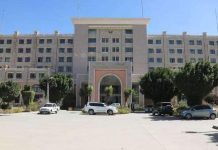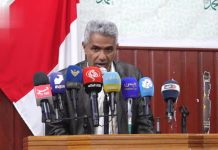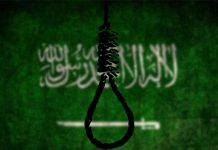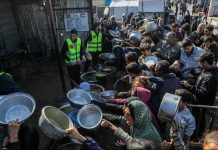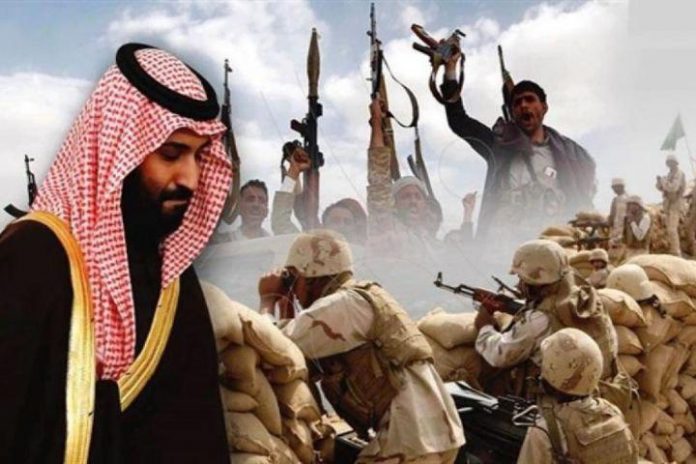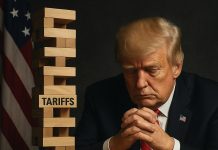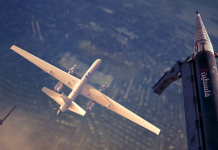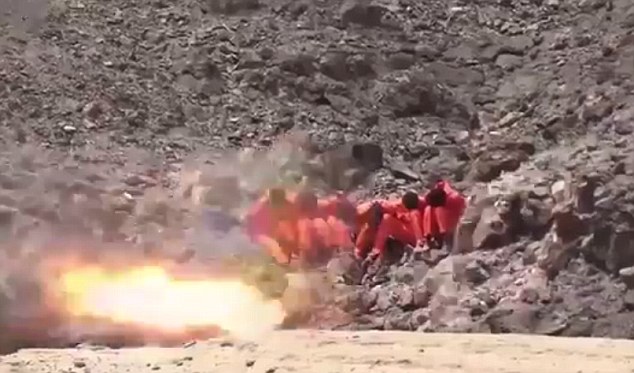As the fifth-year anniversary of the Saudi-led military intervention in Yemen approaches this month, the allied forces of the Yemeni army and Ansar Allah – known as the Houthis – yesterday achieved a significant victory having taken control of Al-Hazm city, the provincial capital of Al-Jawf province, causing the Saudi-backed mercenary and militia forces fighting on behalf of exiled President Abd Rabbuh Mansur Hadi to flee to Marib province.
This is the natural progression following January’s developments which fighters supported by the Saudi-led coalition making a “tactical withdrawal” from Nehim district on the outskirts of the capital Sana’a. Allowing the Houthis to secure all routes to the city. They also managed to capture the highway linking Marib and Al-Jawf provinces, which disrupted supply lines to Hadi’s ground forces.
The past month had witnessed intense battles in villages and towns surrounding Hazm as the coalition tried desperately to prevent the fall of the city through airstrikes and militia reinforcements from Marib. Nevertheless, in recent days the Houthi forces managed to encircle the city and led assaults from the north and south.
Houthi forces previously seized Hazm in June 2015 as part of their steady forward momentum having gained Sanaa with the help of the military in 2014. However, Hadi’s fighters would reclaim the city six months later aided by coalition air support. They held onto the area ever since; until yesterday. Columnist Mohamed Jumeh attributed the loss of Hazm to the incompetence and corruption of the UN-recognised government’s leadership, based in Saudi Arabia.
Crucially, this province is also home to the most oil reserves in the Arab world’s most impoverished country, yet Saudi Arabia has in effect prevented Yemen from exploiting its own resources for the past three decades, enabled through agreements made with the government of late, former President Ali Abdullah Saleh. Yemen has potential to be one of the leading oil producers and exporters in the Gulf region. It is no surprise then that they have fought so intensely to maintain control over Al-Jawf, most of which is now firmly in the hands of the Houthi-aligned National Salvation Government.
he next target for the Houthis will be the neighbouring provincial capital of Marib, Marib city, which serves as a hotbed of the Islah Party militia forces who form much of Hadi’s infantry. Should this too fall to the Houthis, it would mean none of the north-western provincial capitals are under the control of coalition forces.
As it stands, the only advantage the Saudi-led coalition has, is air superiority and domination of the skies. A huge advantage which it continues to make use of to compensate the poor performance of its mercenary army. Yet even this advantage may now be neutralised by recent reports that the Yemeni armed forces have unveiled four domestically-produced surface-to-air missile defence systems named Thaqib-1, Thaqib-2, Thaqib-3 and Fatir-1, which could act as game-changers in the war that “will change the course of the battle” according to President of the Supreme Political Council, Mahdi Al-Mashat. The week before this announcement was made, a Saudi tornado fighter jet was downed in Al-Jawf by the Houthi forces using surface-to-air missiles, prompting the coalition to launch a “revenge” strike killing 33 civilians; most of whom were children. Saudi drones are also frequently downed, the latest shot down early yesterday, reportedly over the besieged Western-port city of Hudaydah.
Further reports of the locally-produced drones in the Houthis’ own arsenal, described as increasingly deadly and accurate by one UAE-funded paper published by a British think-tank, is all the more concerning for Riyadh and its allies. Last week, as part of the so-called “Third Deterrence Balance” operation, according to Houthi military sources, 12 drones, two winged missiles and a long-range ballistic missile carried out attacks on Saudi’s Red Sea port city of Yanbu where an Aramco oil facility is located, Saudi defence systems intercepted some of the incoming missiles. Yanbu is located over 1,000 kilometres from the Yemeni border.
The tactical ground victories of the Houthis and Saudi’s air superiority challenged by new defence systems only amounts to further set-backs against Riyadh’s disastrous war on the Yemeni people and its attempts in overthrowing the Sanaa-based government. The failed Riyadh Agreement with the UAE-supported Southern Transitional Council (STC) and in-fighting between Saudi and Emirati proxies has ensured that the Houthis remain firmly embedded in Yemen’s more densely populated north.
This year we may witness the Saudi-coalition accepting defeat in its futile ambitions in overthrowing the Houthi government and giving up on Hadi, who has proved to be a liability more than anything. Indeed one Saudi columnist even suggested last month that Hadi’s government should be replaced. However a worrying development elsewhere in Yemen is Saudi’s increased military presence in the eastern province of Mahrah, causing the Houthi government and local tribes known for guarding their autonomy to suspect the Saudis of seeking to annex it in order to run a pipeline from Saudi to the Arabian Sea. They have tried to justify their presence by claiming they are combating Al-Qaeda and preventing the flow of Iranian arms to the Houthis from the Oman border.
It is highly likely that the Southern National Salvation Council (SNSC), which was formed last year by local tribes and which opposes all foreign military presence in Yemen, may take to openly resisting the Saudis in Mahrah and may find common ground with the Houthis in liberating Yemen from foreign aggression.


